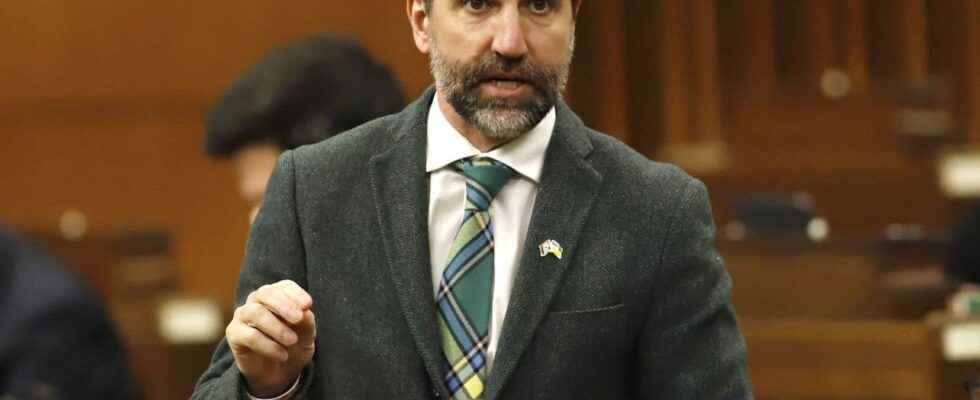Ottawa launched its own voluntary system on Wednesday that will create and trade greenhouse gas (GHG) offset credits, but excludes jurisdictions where a carbon market already exists, such as Quebec.
“What we are announcing is that players who are not subject to carbon pricing, who are not major players, we are talking about municipalities, aboriginal communities, for example, will be able to participate in reduction projects carbon,” Environment and Climate Change Minister Steven Guilbeault told the media from California.
His government has announced that it will create “protocols” to allow companies, but also farmers or “communities”, to generate offset credits corresponding to the amount of CO2 that they have managed to save or remove from the atmosphere, then sell them to the highest bidder.
It will thus be possible to generate such credits in different ways, including using “non-biological sequestration” techniques, such as the capture and storage of carbon directly in the air. The GHG reduction will be calculated by comparing “innovative projects” to “current practices”.
However, “projects cannot be registered if they are located in a jurisdiction that has an offset system with an active protocol for the same project activities,” reads a technical note provided to the media. This means that a large portion of Quebec industry will not be able to generate such federal offset credits, since it is already subject to the Quebec system.
“The objective of the federal government is not to replace or compete with the system of a province”, explained Steven Guilbeault. The Minister, however, plans “discussions with Quebec” to determine whether certain sectors currently excluded from existing protocols could fall under the federal system.
In 2014, Quebec set up a cap-and-trade system for GHG emission rights, a “carbon exchange”, which it shares with the State of California. British Columbia also has its own carbon tax system.
For the oil industry
The federal system, whose participation is voluntary, however, allows anyone to buy these credits equivalent to the ton of GHGs saved from the atmosphere. It is primarily intended for industries that exceed the permitted emissions cap and would otherwise be subject to a federal levy.
Canada announced in 2019 that it would impose a price on carbon on all provinces that did not already have one, those for which its credit system is primarily designed. The government expects offset credits to trade at a lower cost than the federal carbon levy, which is currently set at $50 per tonne.
Offset credits can also be used by companies that have vowed to be carbon neutral or for the oil and gas industry, which must be subject to a “cap” on its emissions, the details of which are expected in the coming weeks. The purchase of offset credits would therefore make it possible to continue to increase the production of fossil fuel without its emissions increasing, on paper.
The announcement was also poorly received by Greenpeace Canada, according to which the carbon offset projects are “a big step backwards in terms of climate ambitions in Canada” and only “make the big responsible polluters look good. “. Instead, the environmental group says the solution to the climate crisis is to phase out fossil fuels.
“I don’t know of any companies that are regulated whose business plan is to buy 100% of the offset credits. It’s not a reliable long-term business plan,” defended Minister Guilbeault, who speaks instead of a “complementary” system to reduce pollution at the source. The minister also promised to modify the protocol if it is found to be detrimental to Canada’s reduction targets.
All projects that started after January 1, 2017 will be able to generate offset credits. The first of these “protocols” was published on Wednesday, and is intended for landfills that are adopting methods to reduce their methane emissions.
Canada is committed to reducing its GHG emissions by 2030 to 40% to 45% below its 2005 level.
